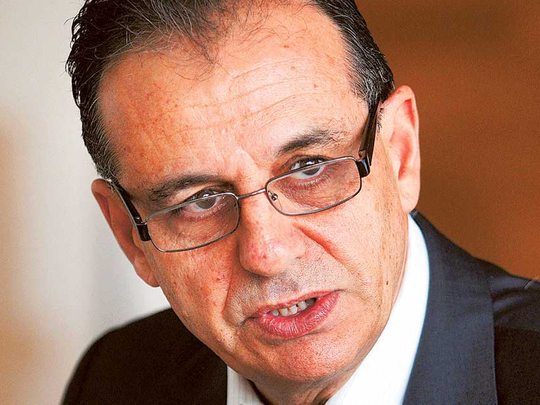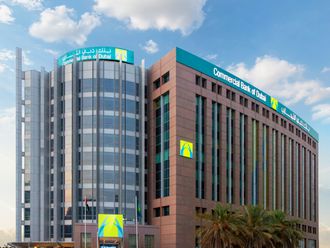
Dubai: The UAE’s credit growth eased to 6 per cent in 2016, from 7.8 per cent in 2015 and is expected to remain in single digits in 2017, according to the Institute of International Finance (IIF), the Washington based association of global banks and financial institutions.
The slowdown lending, according to the IIF, reflects the economic slowdown and developments in Abu Dhabi where large borrowers such as IPIC, Taqa, and Mubadala have been deleveraging significantly.
“The Abu Dhabi government has been financing its budget deficit by tapping its SWF and issuing external debt, not by borrowing from banks. In Dubai, sovereign borrowing has also eased, although this continues to be a material portion of fresh credit there,” said Garbis Iradian, Chief Economist Africa Middle East of IIF.
While liquidity had been tightening for most of 2016, deposit growth picked up in the last few months driven by a rise in deposits from government, corporates, and foreign nonbank financial institutions. As a result, the loan to deposit ratio eased to 101 per cent at the year-end 2016 from 105 per cent in August.
The UAE’s banking sector, according to the IIF has been largely resilient to the oil price crash. “While we expect some worsening in asset quality due to the slowdown in activity and rising interest rates, these concerns are mitigated by a high capital adequacy ratio of 19 per cent. We expect a rising interest rate environment to be eventually supportive of sector profitability. However, in the near term, banks are expected to face slower volume growth and pressure on their margins as deposits reprice faster than loans,” said Iradian.
Economic headwinds
Although there has been an increase in credit to the construction and real estate sector which accounts for a large portion of the fresh lending, a part of this could be due to delays by contractors in receiving payment. The IIF expects the slowdown in government spending and project pipeline could impact contractors which could result in some deterioration in credit quality. In addition to the economic slowdown, the rising rate environment is also expected to impact credit quality.
Despite the economic headwinds, the IIF economists expect the UAE, like other GCC countries to remain firmly committed to the dollar peg, believing that the peg safeguards economic stability and that the UAE economy would gain limited benefits from a flexible exchange rate.
Like in other GCC countries, import and export volume elasticities with respect to real exchange rate changes are low, given the limited domestic manufacturing and non-oil tradable goods sector.
“While there would be some benefit from a significant devaluation or de-pegging in the form of boosting oil revenue in local currency and stimulating tourism and foreign investment, the short-term costs of de-pegging would be significant. Devaluation would raise local currency costs of imported materials, lead to a spike in inflation and pressures to raise wages, and would damage investor confidence and possibly encourage capital flight,” Gıyas Gökkent, senior economist, Africa Middle East, IIF.
With Dubai’s debt is still high at over 120 per cent of GDP, a rising interest rate environment is expected to increase the debt service burden, but the IIF expects easy rollover of maturing debt.










